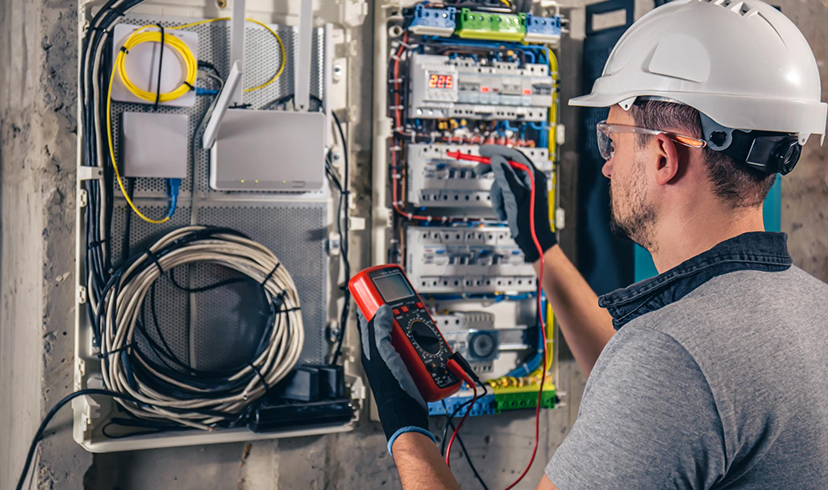
- February 17, 2025
- By admin
- Cable fault location
The world is becoming more electrified each day, so the dependability of electrical systems is imperative. One of the key aspects of maintaining electrical infrastructure is mastering cable fault location. Operational efficiency and safety are directly associated with the speed and accuracy achieved in troubleshooting a fault on a cable system. This blog post will be concerned with effective strategies for cable fault location, their interconnections to electrical earthing systems, and transformer testing.
Understanding Cable Fault Location
Faults can occur in a cable due to many factors such as insulation breakdown, physical damage, environmental conditions, and also because of the age of the cable. Finding the exact location of faults is critical in reducing the downtime and reducing the repair costs. The old-fashioned ways such as visual inspections take time and result in digging up the place or replacing the cable, but modern electrical technicians have better methodologies and technologies that enhance their capabilities for fault location.
Key Strategies for Effective Troubleshooting
1. Use of High-Tech Testing Equipment: Modern cable fault location requires specialized tools such as Time Domain Reflectometers (TDR), cable fault locators, and dielectric testing devices. These instruments use various methods such as pulse echo technology to send signals through the cable and detect faults accurately. Advanced testing equipment reduces the time spent on diagnostics by technicians.
2. Routine Maintenance and Inspection: Precaution is always better than treatment. Maintaining a scheduled inspection program keeps one aware of the developing potential weak areas of the electrical system before they convert into major trouble areas. Earthing systems should be maintained regularly; bad earthing results in fault development. Further, keeping up detailed records on inspection and maintenance work can prove to be valuable in trend analysis and proactive trouble-shooting activities.
3. Check the Electrical Earthing System: An electrical earthing system is the most basic element of any electrical installation. The primary safety function it provides is through the low resistance path that fault currents have to travel to the ground. Testing of the earthing system by fall-of-potential testing or soil resistivity measurements can disclose problems in grounding system performance that might lead to cable failure. The earthing system should be maintained in its optimal condition to help reduce fault occurrences and improve overall system reliability.
4. Test Transformers Transformer equipment is one of the major part of the distribution system. A transformer testing indicates faults before manifestation in the cable systems. Using methods of insulation resistance tests, power factor test, and the winding resistance, electrical engineers have the capability to very closely monitor their transformer’s condition and thus avoiding potential cable faults due to malfunctions in connected equipment.
5. Cable Locating Methods – There are numerous methods that one can use for locating faults in cables. The most prevalent methods include:
Time-of-Arrival Fault Method – These methods exploit the principles of wave propagation to evaluate the time, in terms of which a signal generated by fault reaches the tester, and accordingly, calculate distance to fault precisely.
– Capacitance Testing: Technique where the capacitance of the cable is measured to diagnose changes caused by faults. This technique is more effective for newly laid cables when insulation integrity is of paramount importance.
– Acoustic Methods: Acoustic detection techniques that listen to the clicking noise produced by the fault as the voltage is introduced to diagnose faults in buried cables.
- Documentation and Analysis of Fault Data: Documentation is very important in fault locational troubleshooting. The more detailed the documentation, the better the knowledge base for future references. Every step of the process should be documented, and data on the environment, equipment, and outcomes recorded. This information can greatly improve response times and diagnostic accuracy in subsequent troubleshooting scenarios.
Conclusion
Mastering cable fault location is essential for maintaining an efficient electrical system. With the acceptance of modern testing technologies, conducting routine inspections, having robust electrical earthing system, comprehensive transformer testing, and applying special locating techniques, technicians can better troubleshoot faults and optimize system performance. Investment in proper training, tools, and methodologies not only pays off through reduced downtime and repair costs but also ensures a safer and more reliable electrical infrastructure. In this age where electricity powers nearly every aspect of daily life, the importance of robust cable fault location strategies cannot be overstated.

